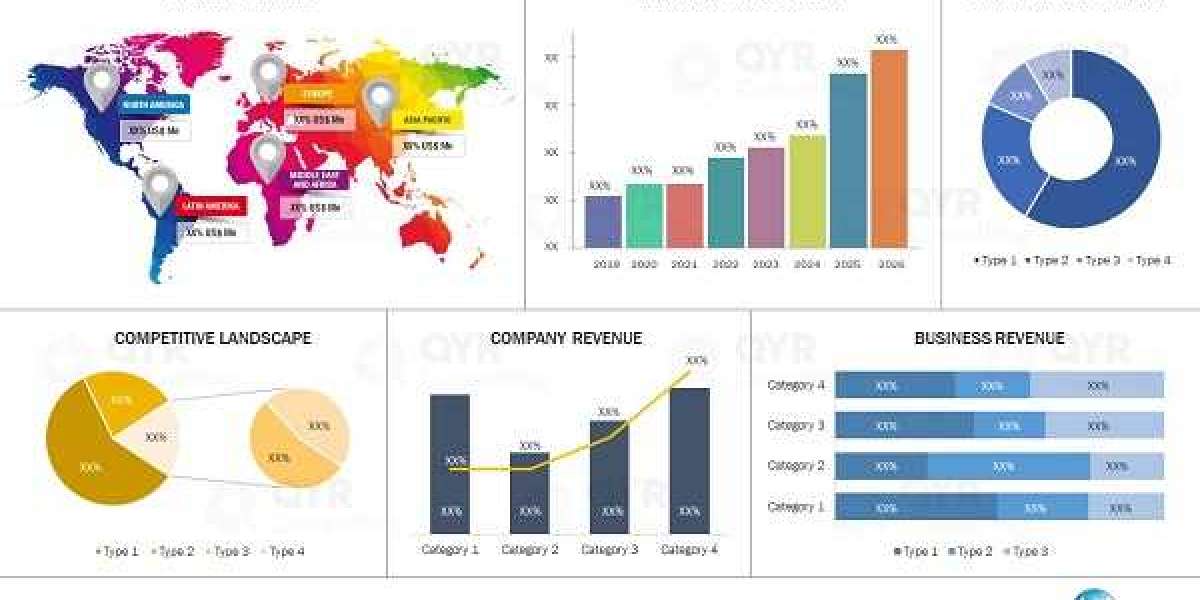In today’s fast-paced business world, keeping track of financial data is essential for both small businesses and large enterprises. Whether you're a startup owner, a CFO of a mid-sized company, or an entrepreneur trying to grow your business, the role of bookkeeping accounting software and professional accounting services companies in the USA is pivotal. As businesses face increasing pressure to streamline operations, accounting firms play an integral part in maintaining financial accuracy, ensuring compliance, and offering insightful financial strategies.
This article delves into the benefits of integrating advanced accounting tools, explores the best accounting services companies in the USA, highlights some of the top 20 accounting firms by revenue, and discusses how pursuing an online accounting degree can be a valuable asset for aspiring accountants.
The Role of Bookkeeping Accounting Software
At the heart of every successful business lies robust financial management. Bookkeeping accounting software simplifies and automates the process of tracking financial transactions. From managing invoices, payroll, and expenses to generating balance sheets and profit-and-loss reports, such software helps businesses stay organized and reduce the risk of errors.
By utilizing cloud-based solutions, companies can access their financial data anytime, anywhere, making real-time decision-making more effective. These platforms often offer features like automatic bank feeds, tax calculations, and financial forecasting, which enhance business planning and decision-making.
For small businesses or freelancers, the right software can replace manual processes, saving time and reducing the need for dedicated accounting staff. Popular tools like QuickBooks, Xero, and FreshBooks are widely used because they combine user-friendly interfaces with powerful features, making them suitable for businesses of all sizes.
The Growing Importance of Accounting Services Companies in the USA
While bookkeeping software has made financial management more accessible, many businesses still rely on accounting services companies in the USA to handle more complex financial tasks. These companies offer a wide range of services that go beyond simple bookkeeping, such as tax planning, financial analysis, auditing, and strategic consulting.
Accounting services are critical for businesses seeking to ensure compliance with the ever-evolving tax laws and financial regulations. For example, they help businesses navigate IRS requirements, prepare for audits, and take advantage of tax-saving opportunities. For larger companies, accounting firms provide essential services like mergers and acquisitions support, international tax planning, and internal controls assessments.
In the competitive US market, the top 20 accounting firms by revenue stand out for their extensive expertise, large-scale operations, and international reach. These firms include giants such as Deloitte, PwC, EY, and KPMG, which dominate the market due to their long standing reputation, wide service offerings, and global presence. These top firms often work with multinational corporations, offering them customized financial strategies that align with global standards.
Top 20 Accounting Firms by Revenue
The top 20 accounting firms by revenue are the industry leaders, providing cutting-edge services and solutions to both individuals and organizations. These firms are at the forefront of the accounting industry, continually adapting to changes in technology and regulations.
- Deloitte: As the largest accounting firm by revenue, Deloitte offers a comprehensive suite of services, including audit, consulting, financial advisory, and tax services. The firm’s presence spans more than 150 countries worldwide.
- PricewaterhouseCoopers (PwC): PwC is another industry giant offering services such as audit and assurance, consulting, and tax advisory. The firm is known for its client-centric approach and innovative solutions.
- Ernst Young (EY): EY is renowned for its extensive global network and expertise in assurance, tax, advisory, and transaction services. They also focus heavily on innovation and technology in the accounting field.
- KPMG: A key player in the accounting world, KPMG offers audit, tax, and advisory services, with a strong emphasis on risk management and financial strategies.
Other firms in the top 20 accounting firms by revenue include BDO International, Grant Thornton, RSM International, and Baker Tilly, which also provide specialized services to large corporations and growing enterprises.
Why an Online Accounting Degree Is Worth Pursuing
With the increasing demand for skilled accountants in both the public and private sectors, obtaining an online accounting degree has become a popular choice for individuals seeking to advance their careers. Online degrees offer flexibility, enabling students to balance their studies with work or other commitments.
An online accounting degree equips students with the knowledge of accounting principles, tax laws, auditing practices, and financial analysis. Graduates from such programs can find job opportunities in public accounting firms, corporate finance departments, government agencies, and even as independent consultants.
For those aspiring to work in accounting services companies in the USA, an online accounting degree can serve as a stepping stone to higher-level positions, such as tax consultant, forensic accountant, or financial analyst. Additionally, the degree can help open doors to working with top 20 accounting firms by revenue, where there is always a demand for skilled professionals to handle complex financial tasks.











